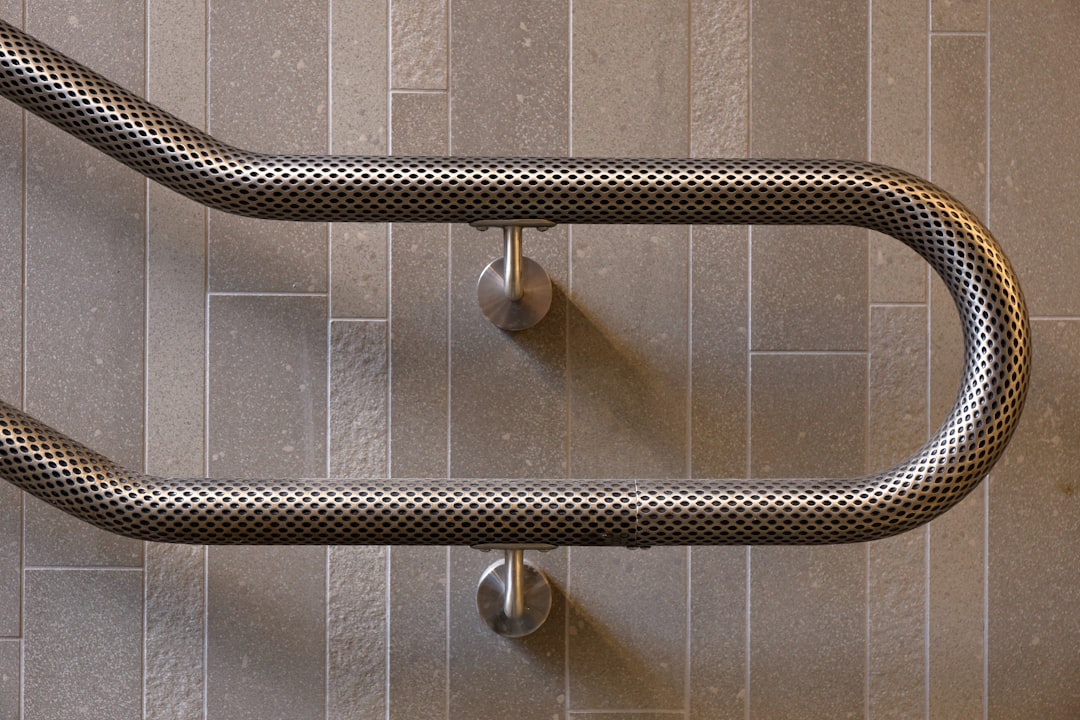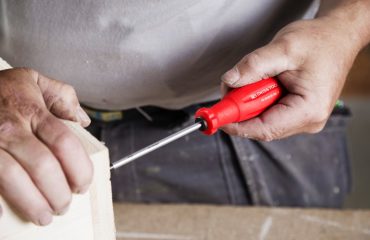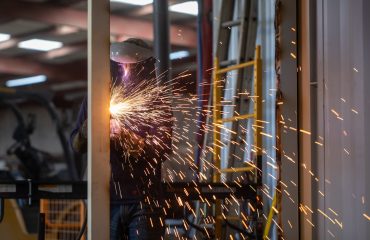Industrial pipes are the unsung heroes of manufacturing, silently transporting vital fluids and gases that keep production lines humming. Choosing the right pipes is crucial for efficiency, safety, and longevity. This comprehensive guide will delve into the key considerations when selecting industrial pipes for your manufacturing facility.
1. Material Selection: The Foundation of Pipe Durability
The material of your industrial pipes is paramount. The choice depends on the substance being transported, the operating temperature and pressure, and the surrounding environment. Common materials include:
- Carbon Steel: A cost-effective option for general-purpose applications, offering good strength and weldability. However, it’s susceptible to corrosion, particularly in wet or corrosive environments. Suitable for applications with relatively low pressure and temperature.
- Stainless Steel: Highly resistant to corrosion and oxidation, making it ideal for handling chemicals, food products, and other corrosive substances. Different grades of stainless steel (e.g., 304, 316) offer varying degrees of corrosion resistance and strength. More expensive than carbon steel but offers superior longevity.
- Ductile Iron: Possesses high tensile strength and excellent resistance to corrosion, making it suitable for underground applications and handling wastewater. Its flexibility makes it less prone to breakage under stress.
- Copper: Known for its excellent corrosion resistance, thermal conductivity, and antimicrobial properties. Often used in plumbing and HVAC systems within manufacturing facilities. However, it’s more expensive than steel and less suitable for high-pressure applications.
- PVC (Polyvinyl Chloride): A lightweight, corrosion-resistant plastic pipe ideal for handling chemicals and wastewater. It’s relatively inexpensive but has limitations in terms of temperature and pressure resistance.
Careful consideration of the transported medium and operating conditions is critical for selecting the appropriate pipe material to avoid premature failure and potential safety hazards.
2. Pressure Ratings: Ensuring Safe and Efficient Operation
Industrial pipes are rated for specific maximum operating pressures. Failing to select pipes with adequate pressure ratings can lead to catastrophic failures, leaks, and safety hazards. Pressure ratings are typically expressed in pounds per square inch (PSI) or bars. Factors influencing pressure rating selection include:
- Fluid Pressure: The pressure exerted by the fluid being transported.
- Static Pressure: The pressure exerted by the weight of the fluid in the pipe.
- Surge Pressure: Temporary increases in pressure caused by events like pump starts or valve closures.
- Safety Factor: A safety margin built into the design to account for unexpected pressure fluctuations.
Always consult relevant industry standards and codes (e.g., ASME B31.1, ASME B31.3) to determine the appropriate pressure rating for your application. Over-specifying can increase costs, while under-specifying can compromise safety.
3. Corrosion Resistance: Protecting Against Environmental Degradation
Corrosion is a significant concern in many industrial settings. The choice of pipe material and the implementation of corrosion protection measures are crucial for preventing pipe degradation and ensuring the longevity of the system. Strategies for enhancing corrosion resistance include:
- Material Selection (as discussed above): Choosing corrosion-resistant materials like stainless steel or PVC is the primary line of defense.
- Coatings: Applying protective coatings, such as epoxy or polyurethane, to the pipe’s exterior can significantly enhance its resistance to corrosion.
- Linings: Internal pipe linings, often made from epoxy or other polymers, protect the pipe from the corrosive effects of the transported fluid.
- Cathodic Protection: This electrochemical technique protects metallic pipes from corrosion by applying a negative electrical potential.
The selection of corrosion protection measures should be tailored to the specific environment and the nature of the corrosive agents present.
4. Pipe Fittings and Connections: Ensuring System Integrity
Pipe fittings and connections are critical components of any industrial piping system. They allow for changes in direction, size, and branching. The choice of fittings and connection methods must ensure the system’s overall integrity and prevent leaks. Common connection methods include:
- Welding: Provides a strong and leak-proof connection, particularly suitable for high-pressure applications. Requires skilled welders and adherence to strict welding procedures.
- Threaded Connections: Relatively easy to install and disassemble, but may be less suitable for high-pressure applications. Requires proper sealing to prevent leaks.
- Flanged Connections: Provide a robust and easily-removable connection, often used in larger diameter pipes. Requires gaskets to ensure a leak-proof seal.
- Compression Fittings: Offer a quick and easy connection method, often used in smaller diameter pipes. Requires proper tightening to ensure a leak-free joint.
The selection of fittings and connection methods should be based on factors like pressure rating, temperature, material compatibility, and ease of installation and maintenance.
5. Compliance and Regulations: Meeting Industry Standards
Industrial piping systems must comply with relevant industry standards and regulations to ensure safety and prevent environmental damage. These standards often specify requirements for material selection, pressure ratings, testing, and inspection. Failure to comply can result in fines, legal liabilities, and potential safety hazards. Key standards and regulations to consider include:
- ASME B31 Codes: A comprehensive set of standards covering the design, fabrication, erection, and testing of piping systems.
- API Standards: Standards developed by the American Petroleum Institute, relevant for oil and gas pipelines.
- Local and National Building Codes: Regulations specific to the location of the manufacturing facility.
- Environmental Regulations: Regulations related to the handling and disposal of hazardous materials.
Understanding and adhering to these standards and regulations is crucial for ensuring the safe and legal operation of your manufacturing facility’s piping systems.
By carefully considering these factors, manufacturers can select the optimal industrial pipes for their specific needs, ensuring efficient operation, enhanced safety, and long-term cost savings. Remember to always consult with experienced engineers and piping professionals to ensure the proper design and installation of your piping system.
Tags: industrial pipes, manufacturing pipes, pipe selection, industrial piping systems, pressure pipes, corrosion resistant pipes, pipe fittings, ASME B31, pipe materials




